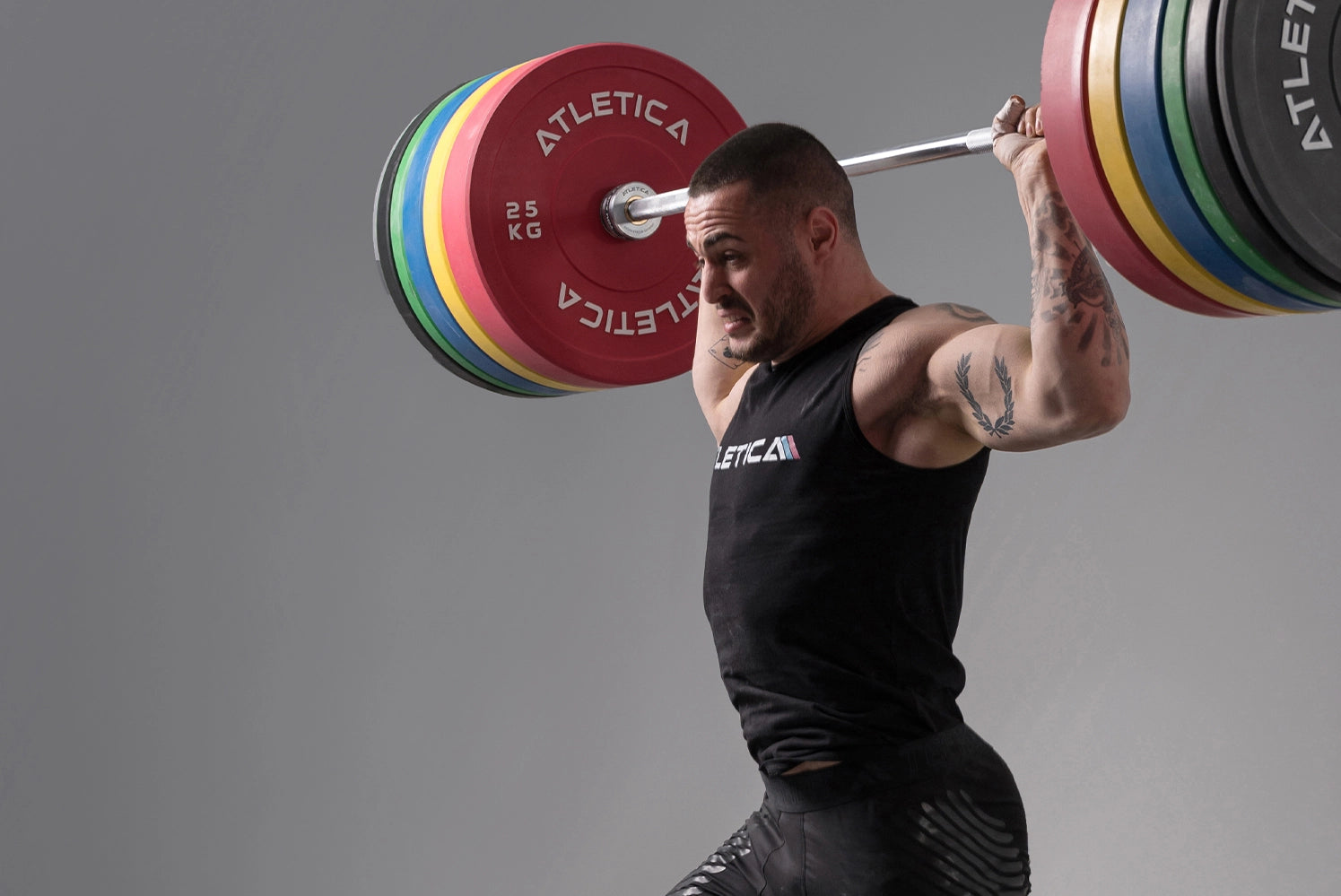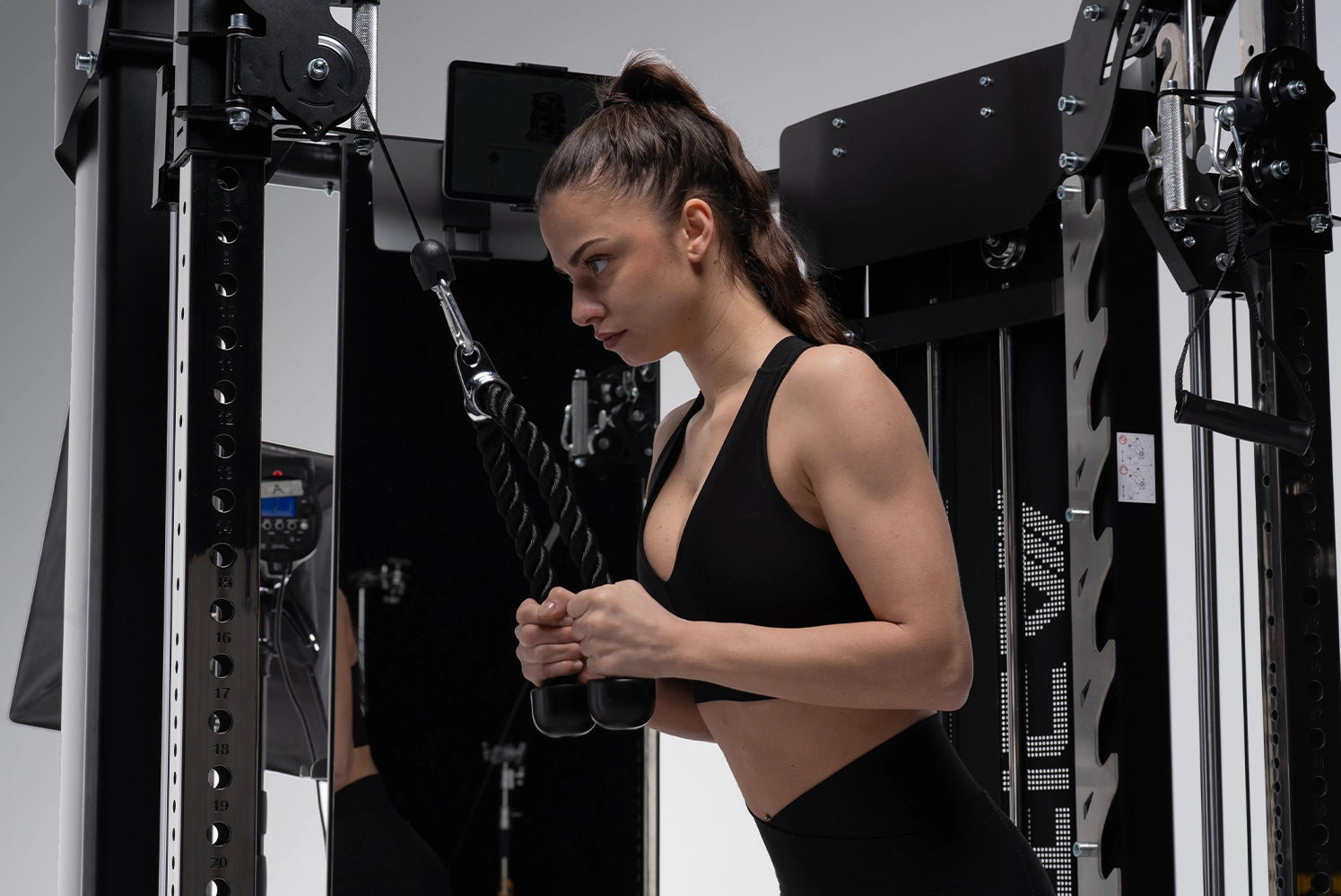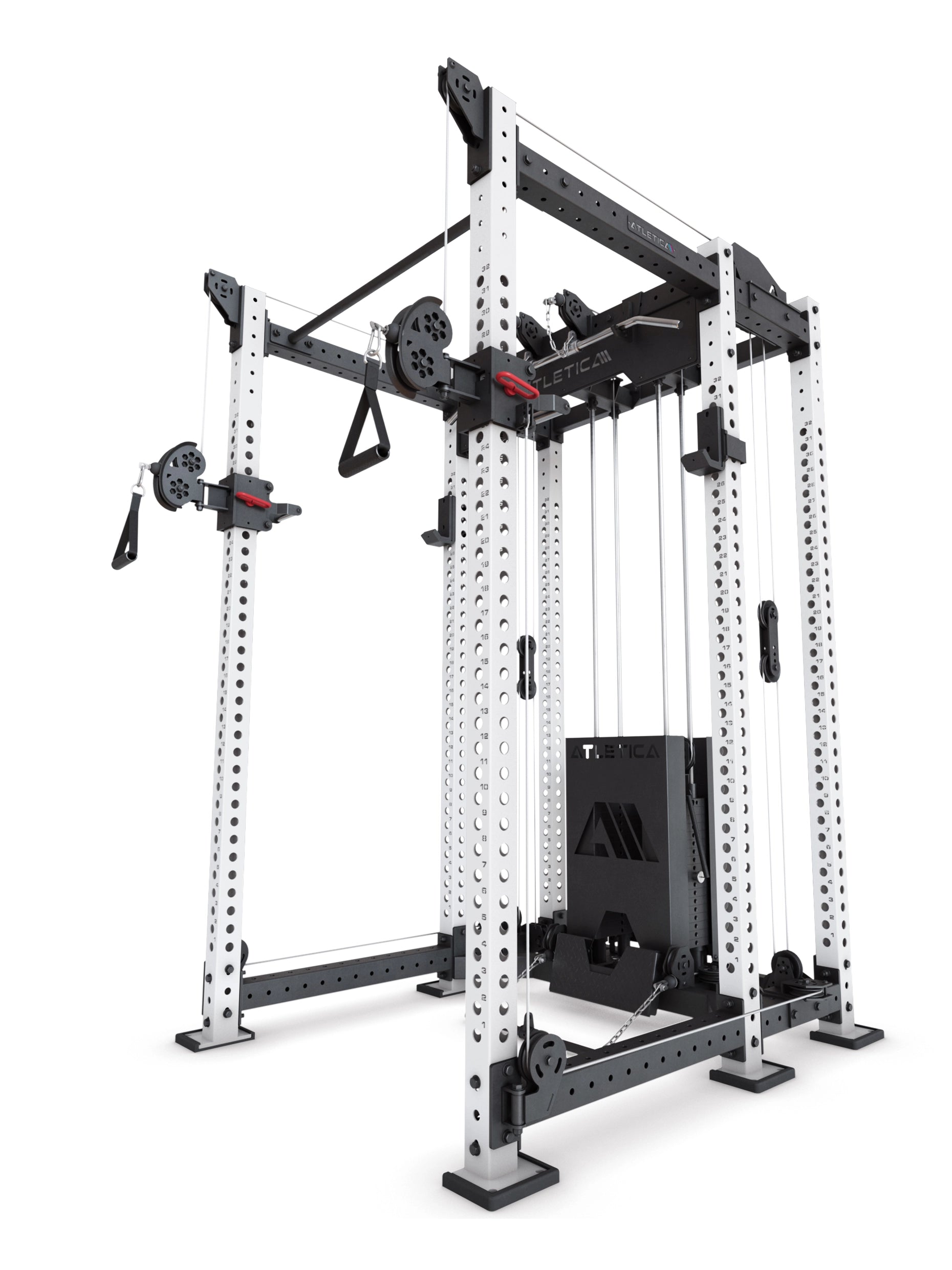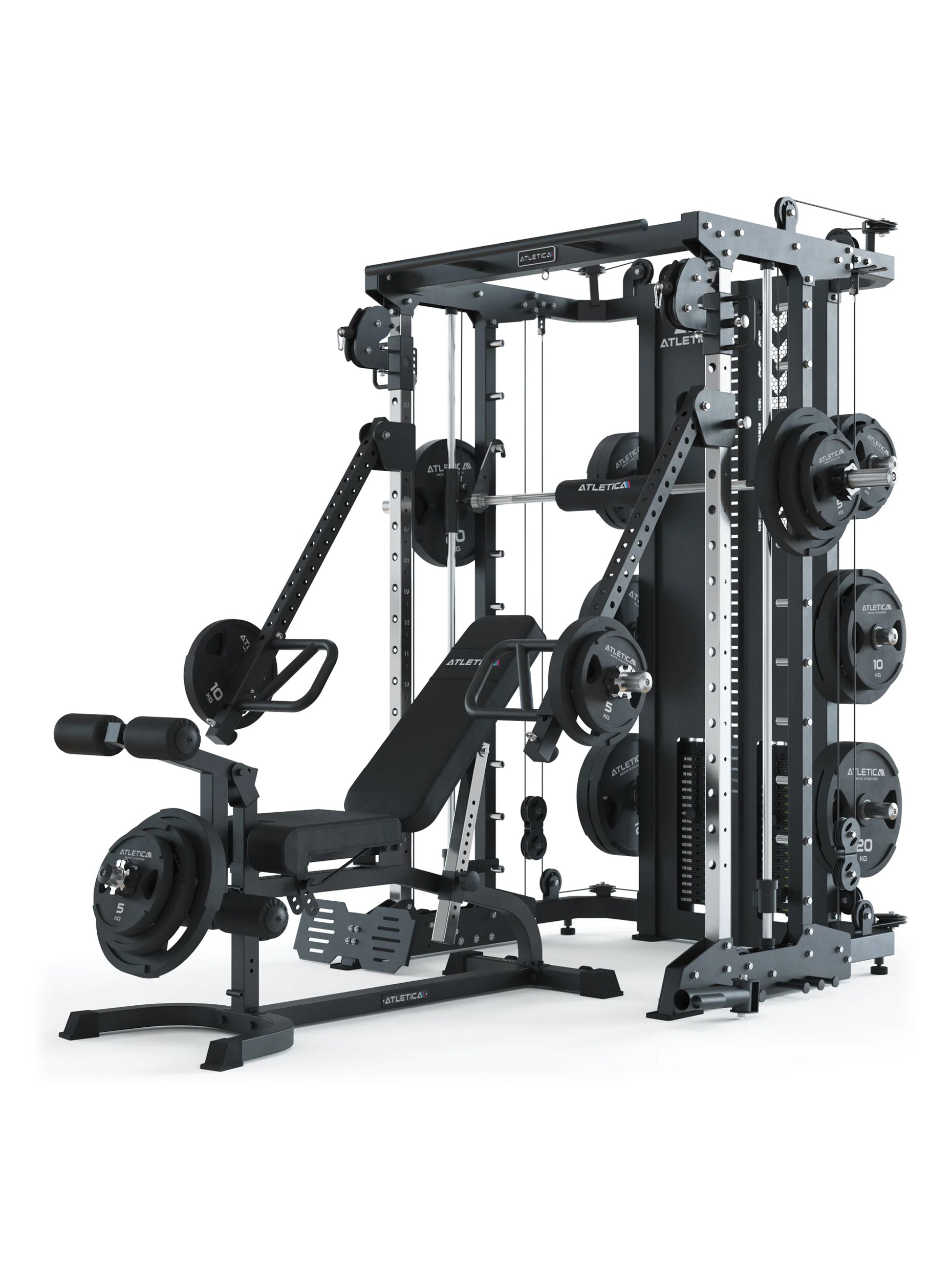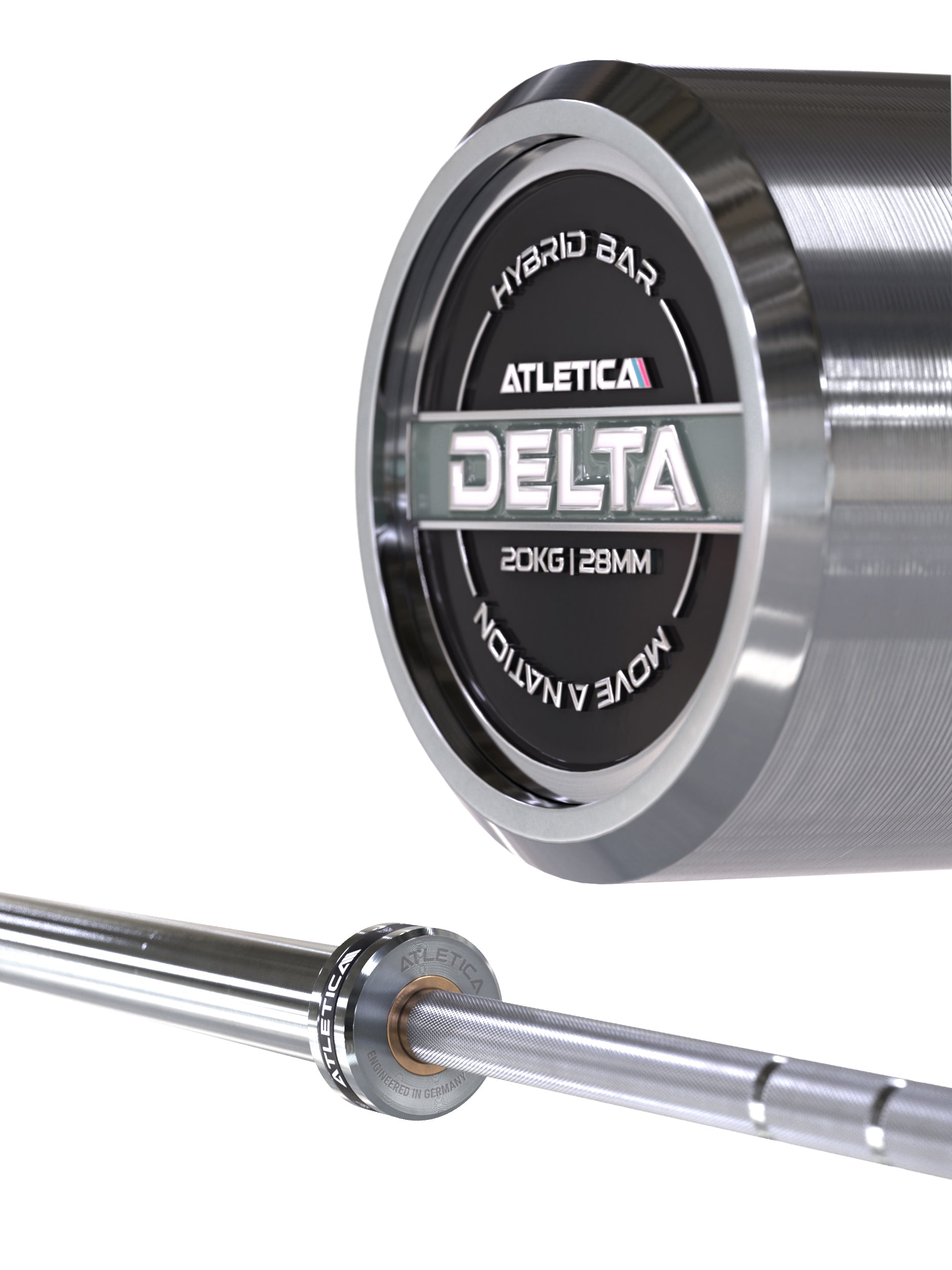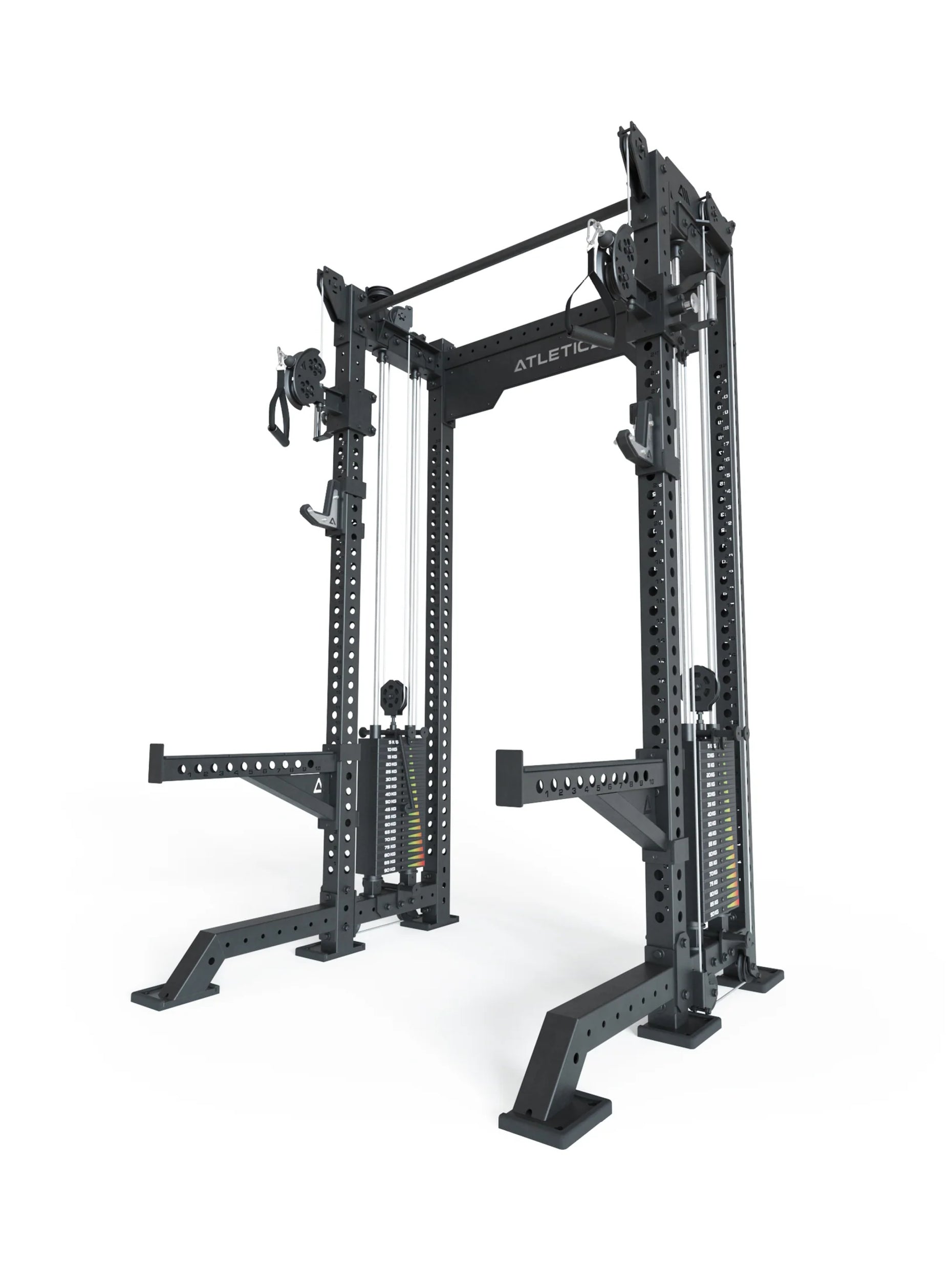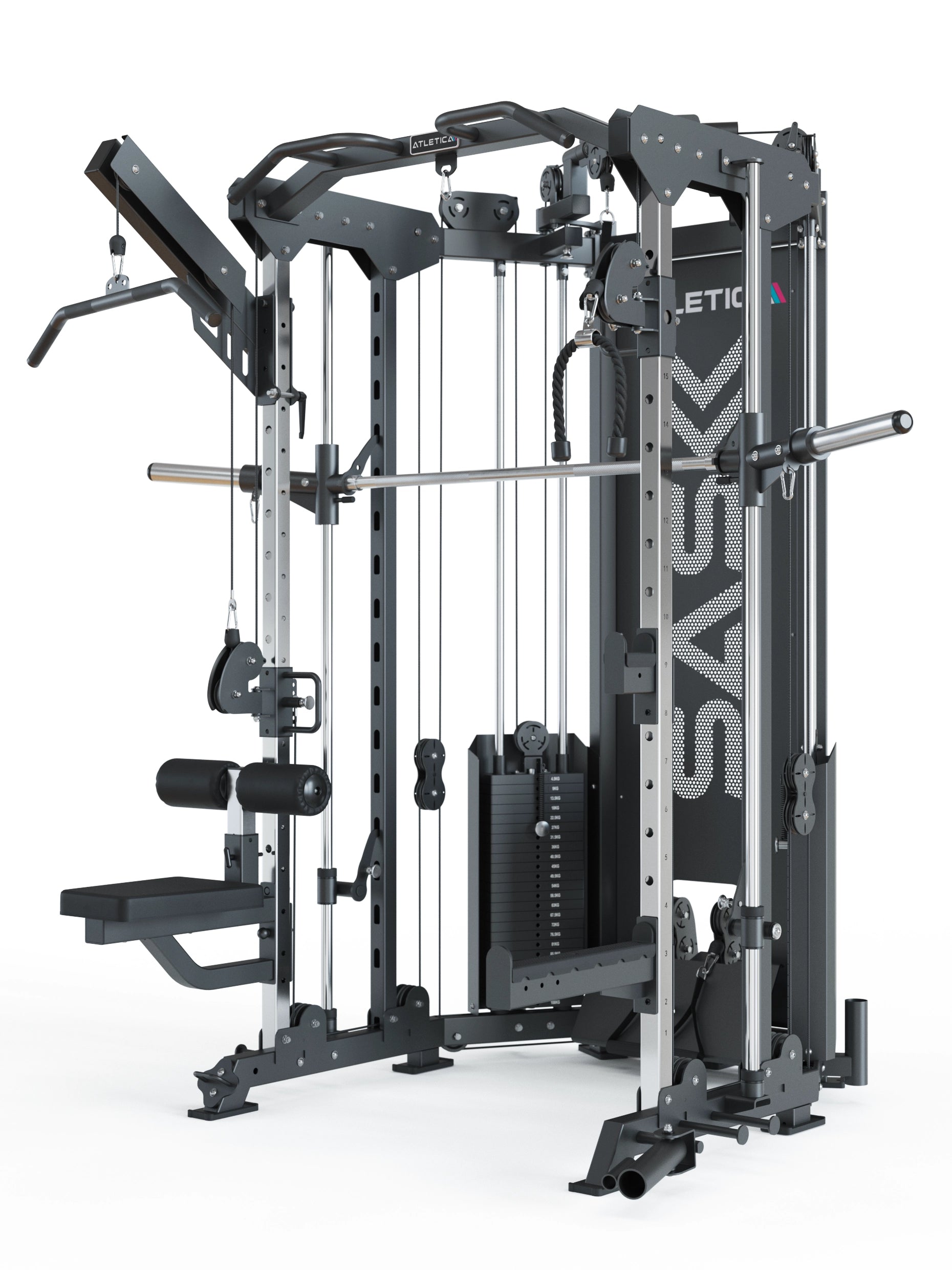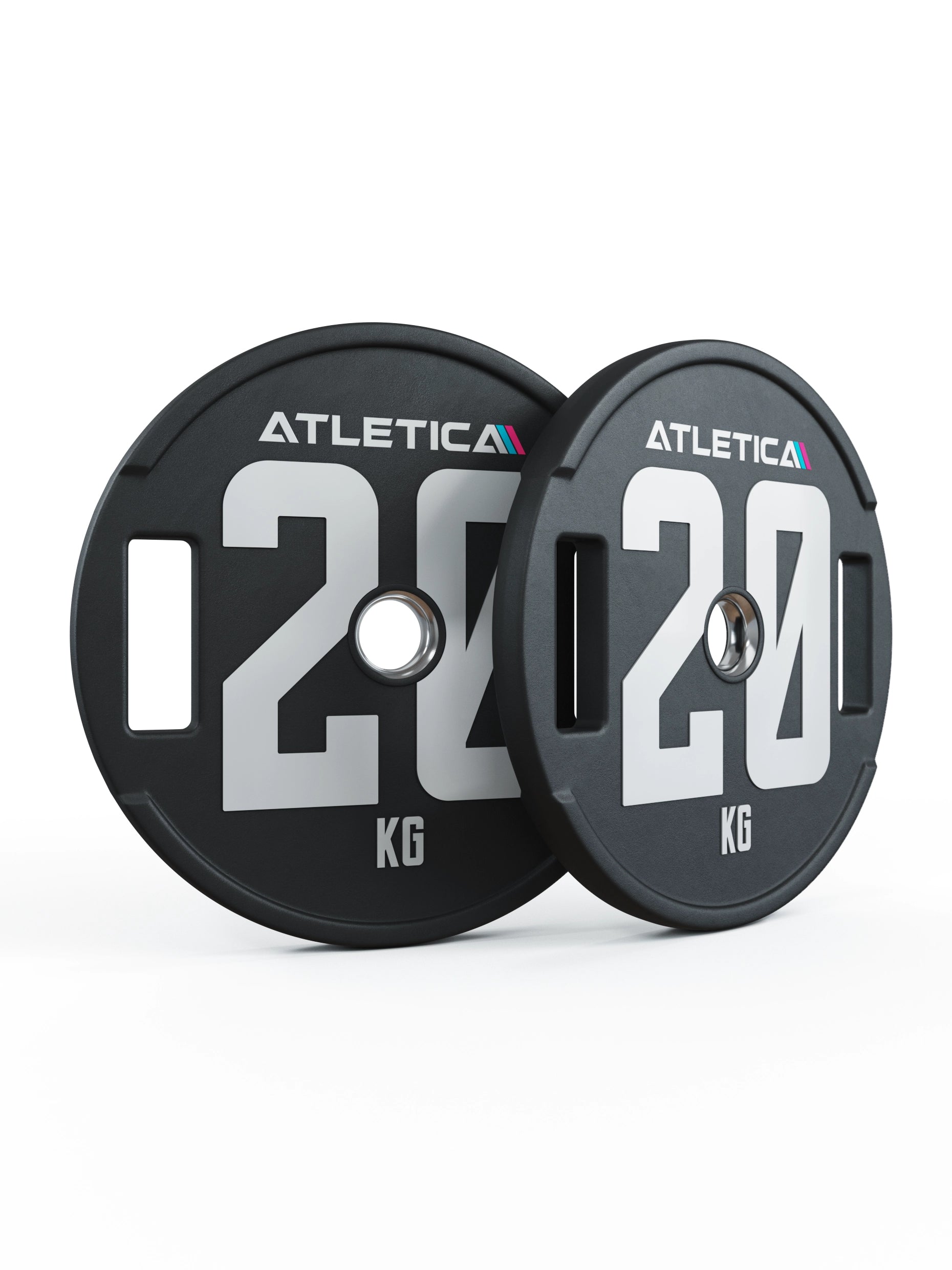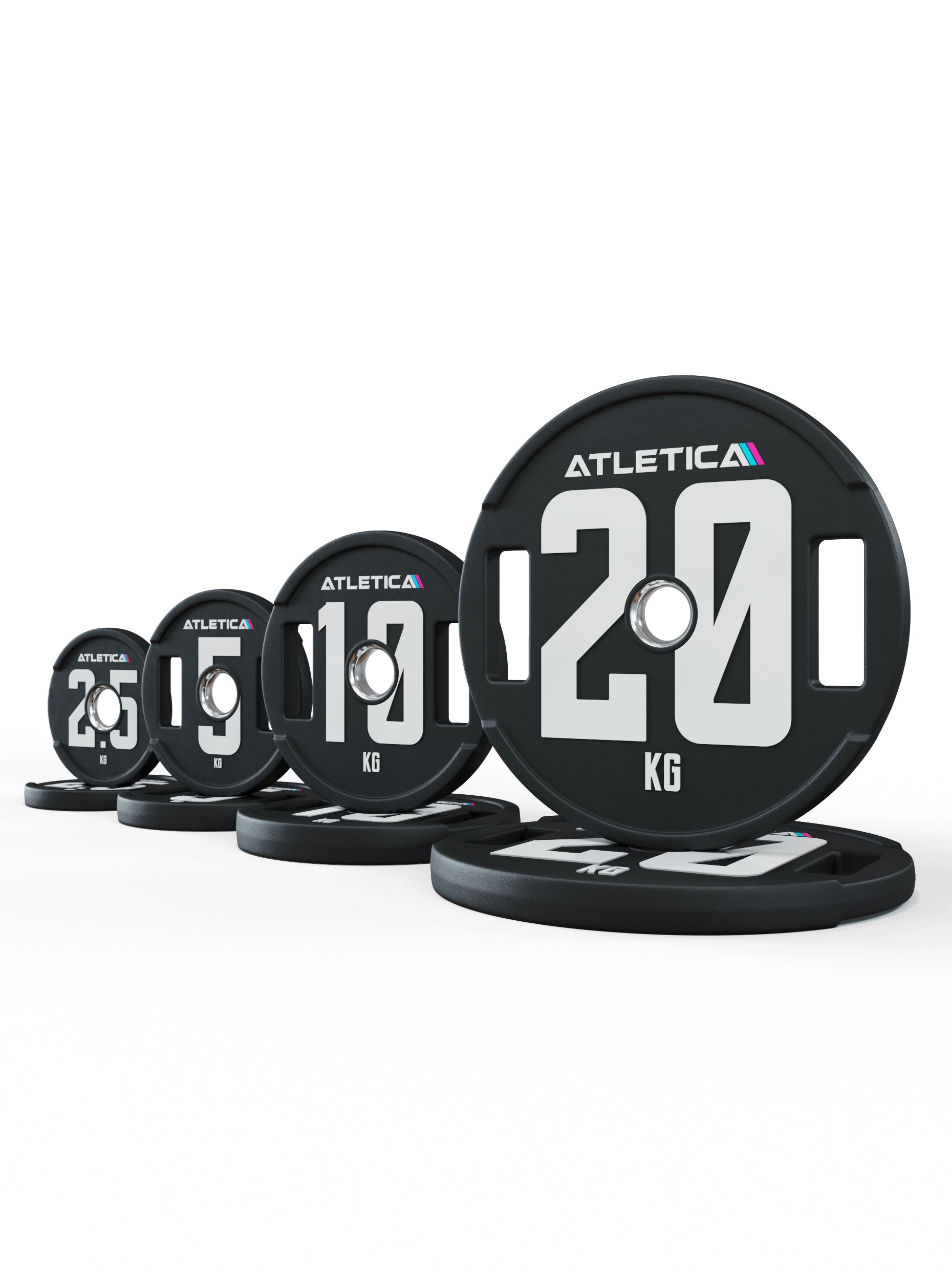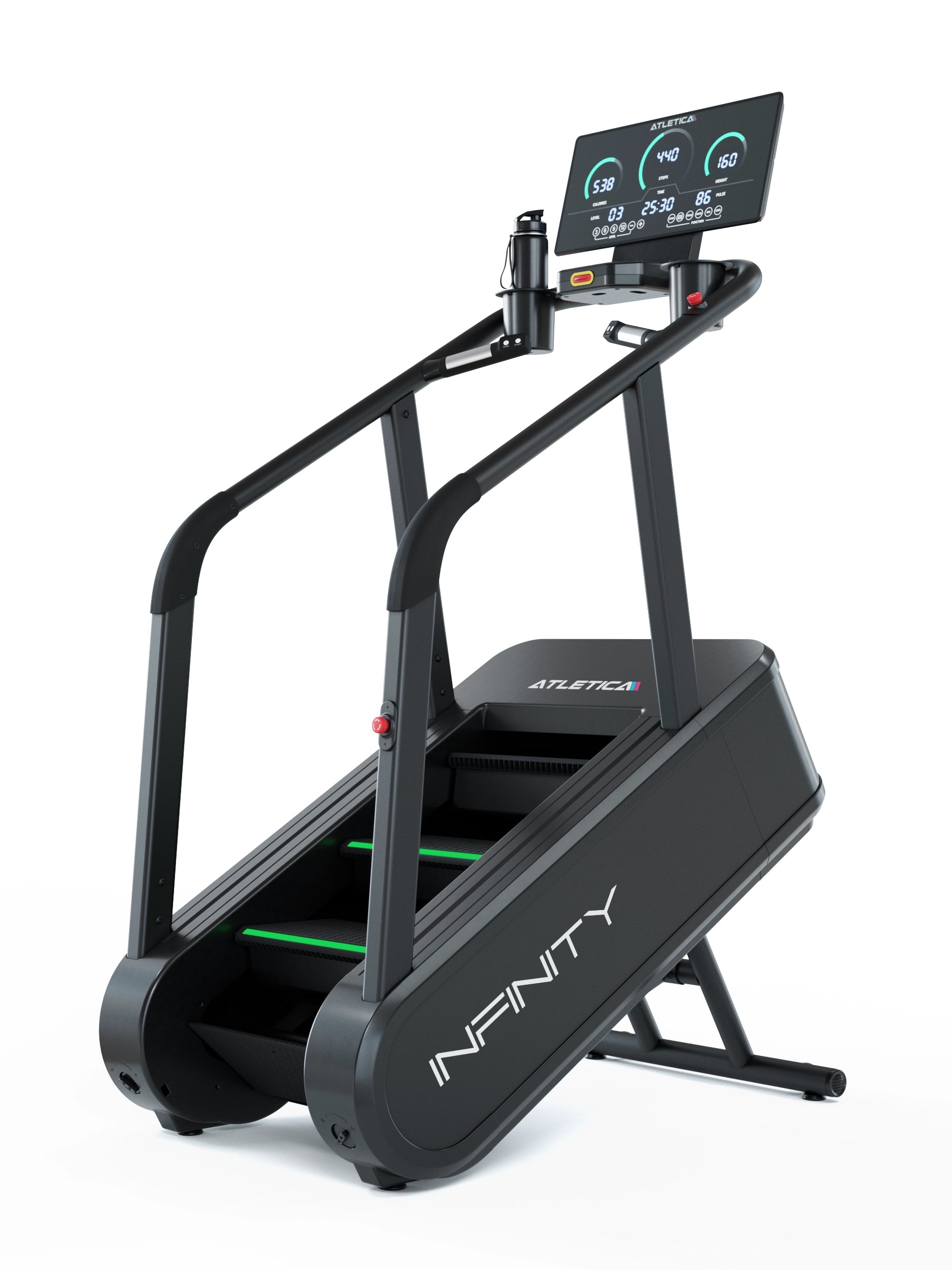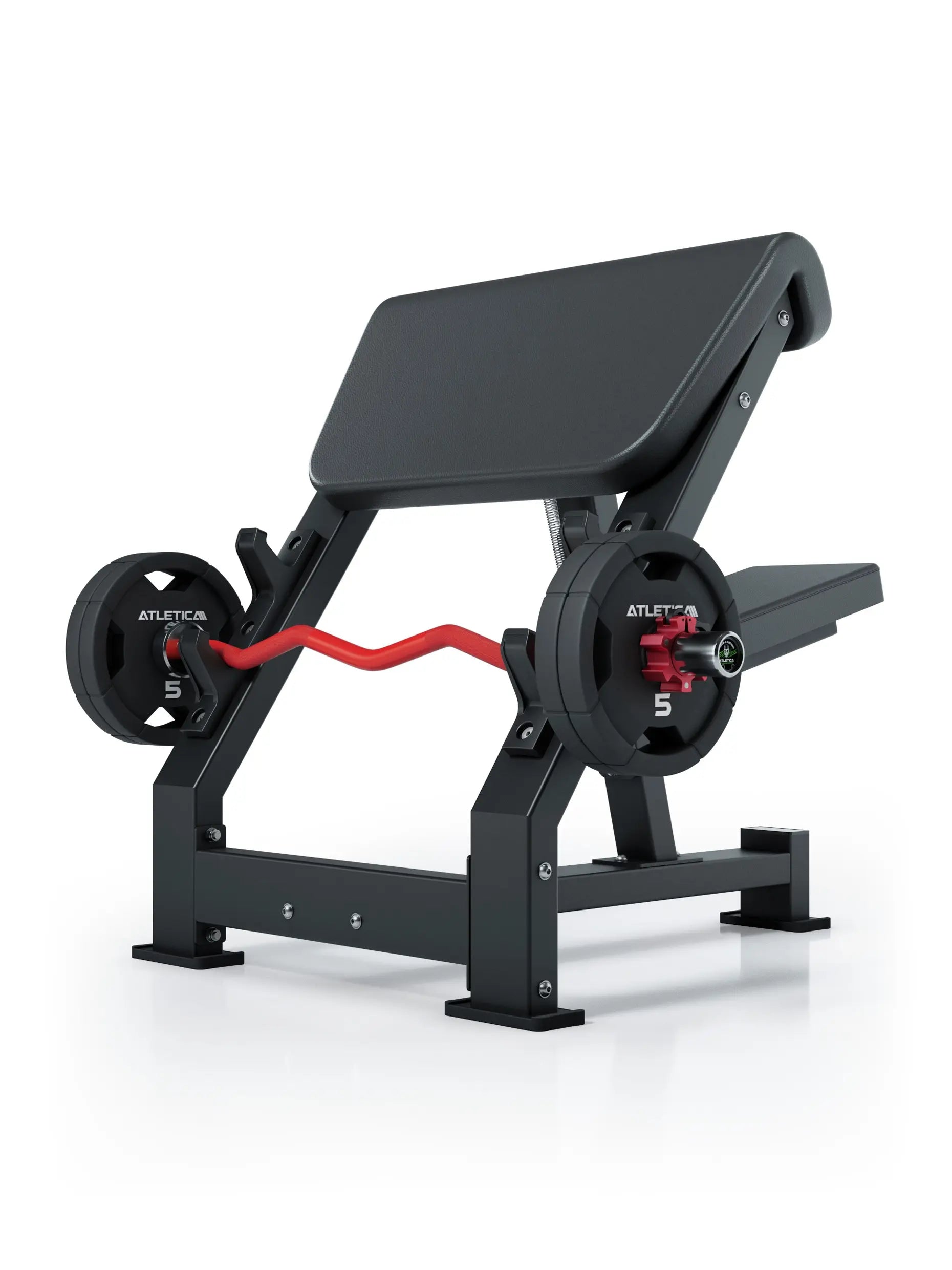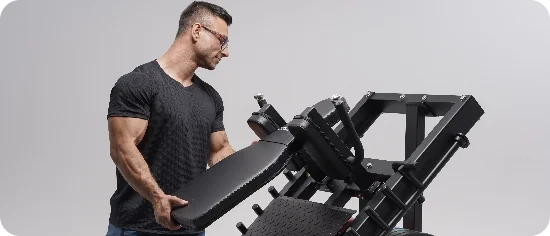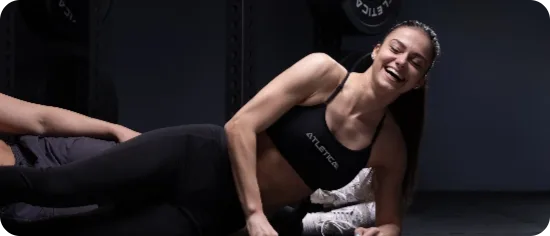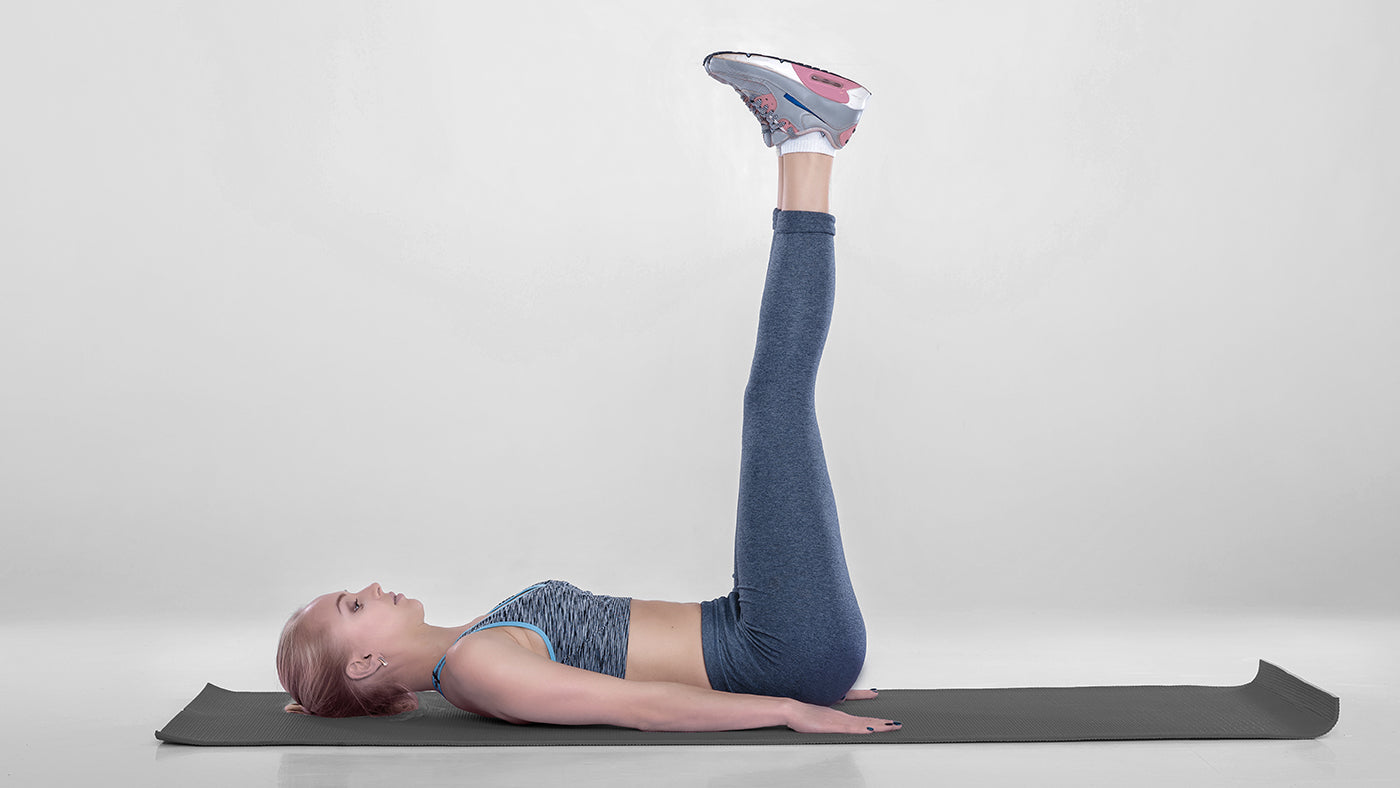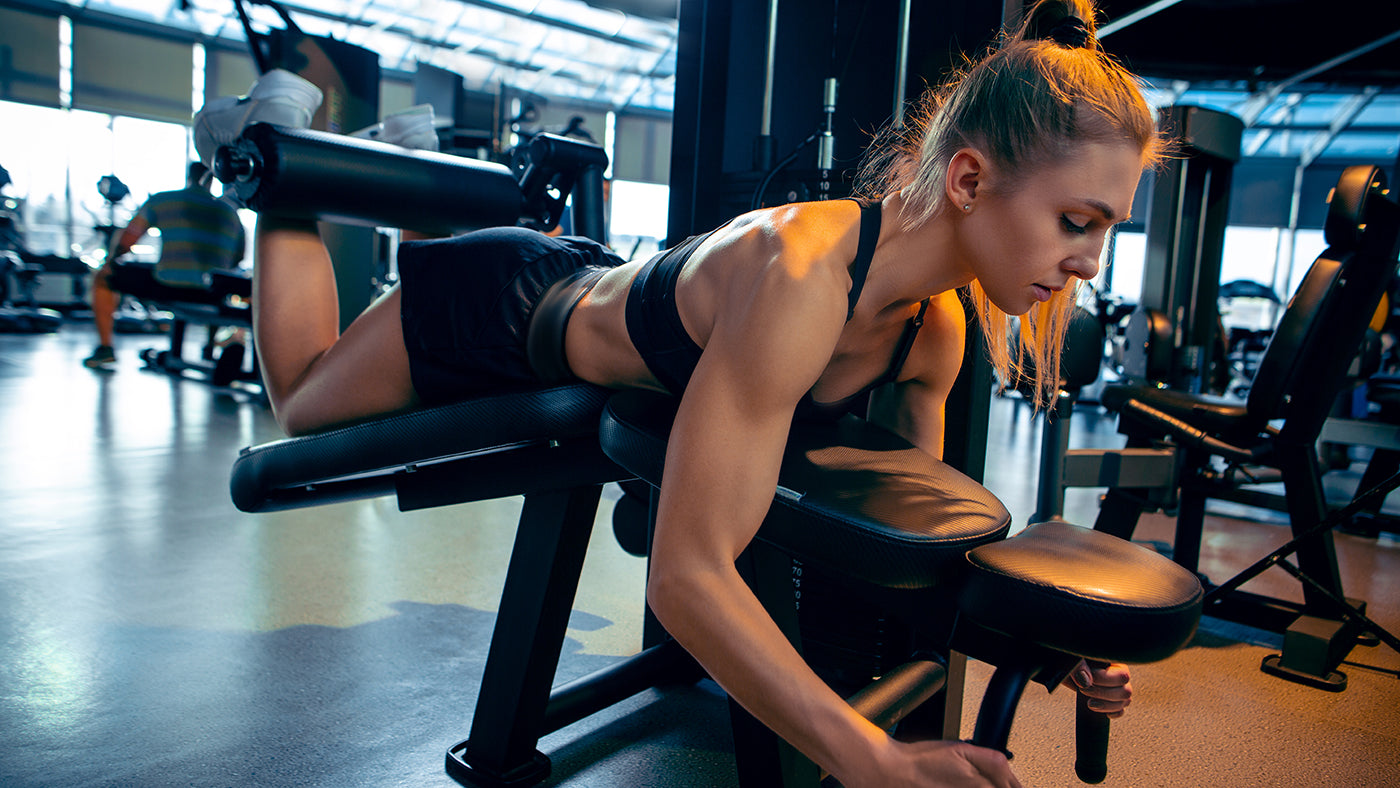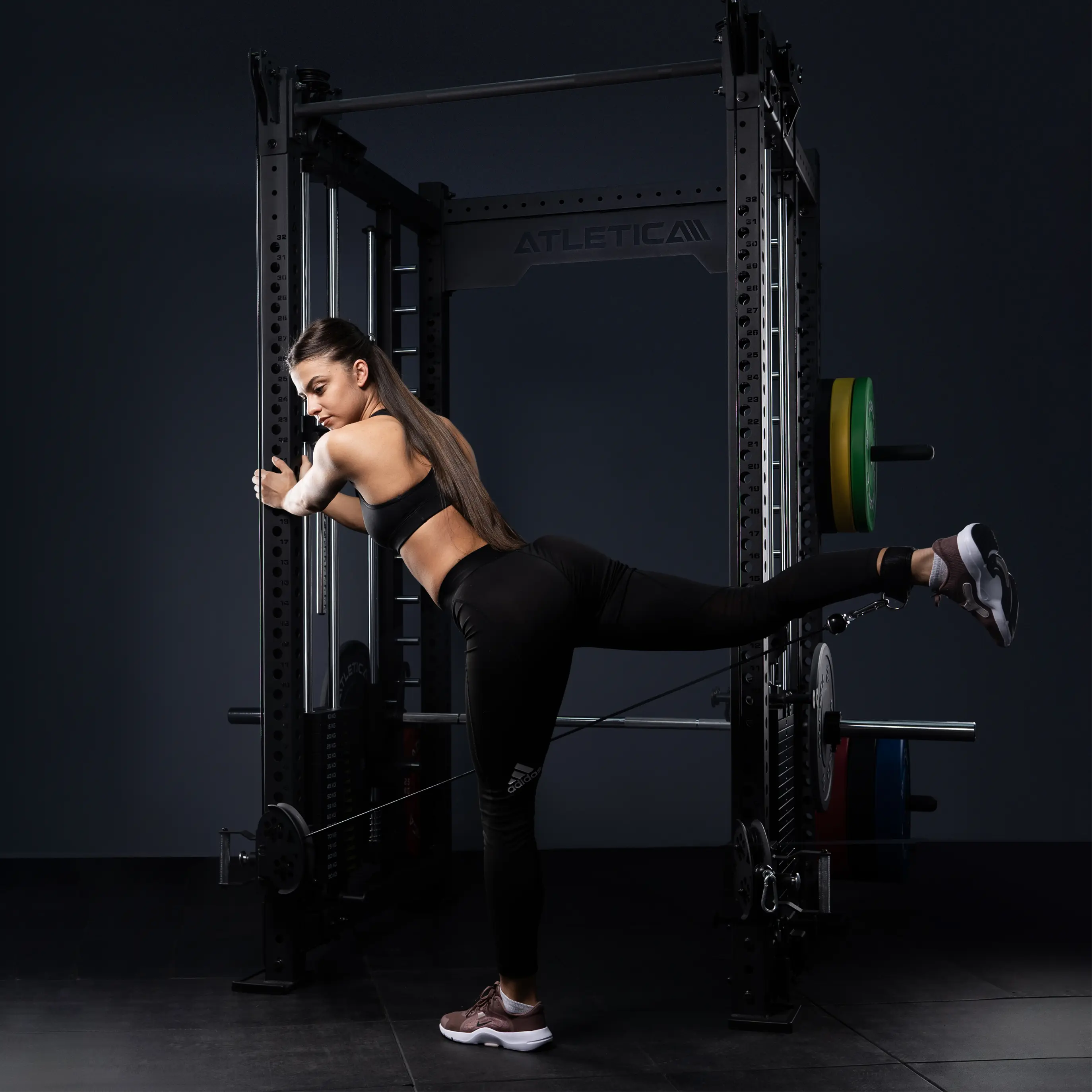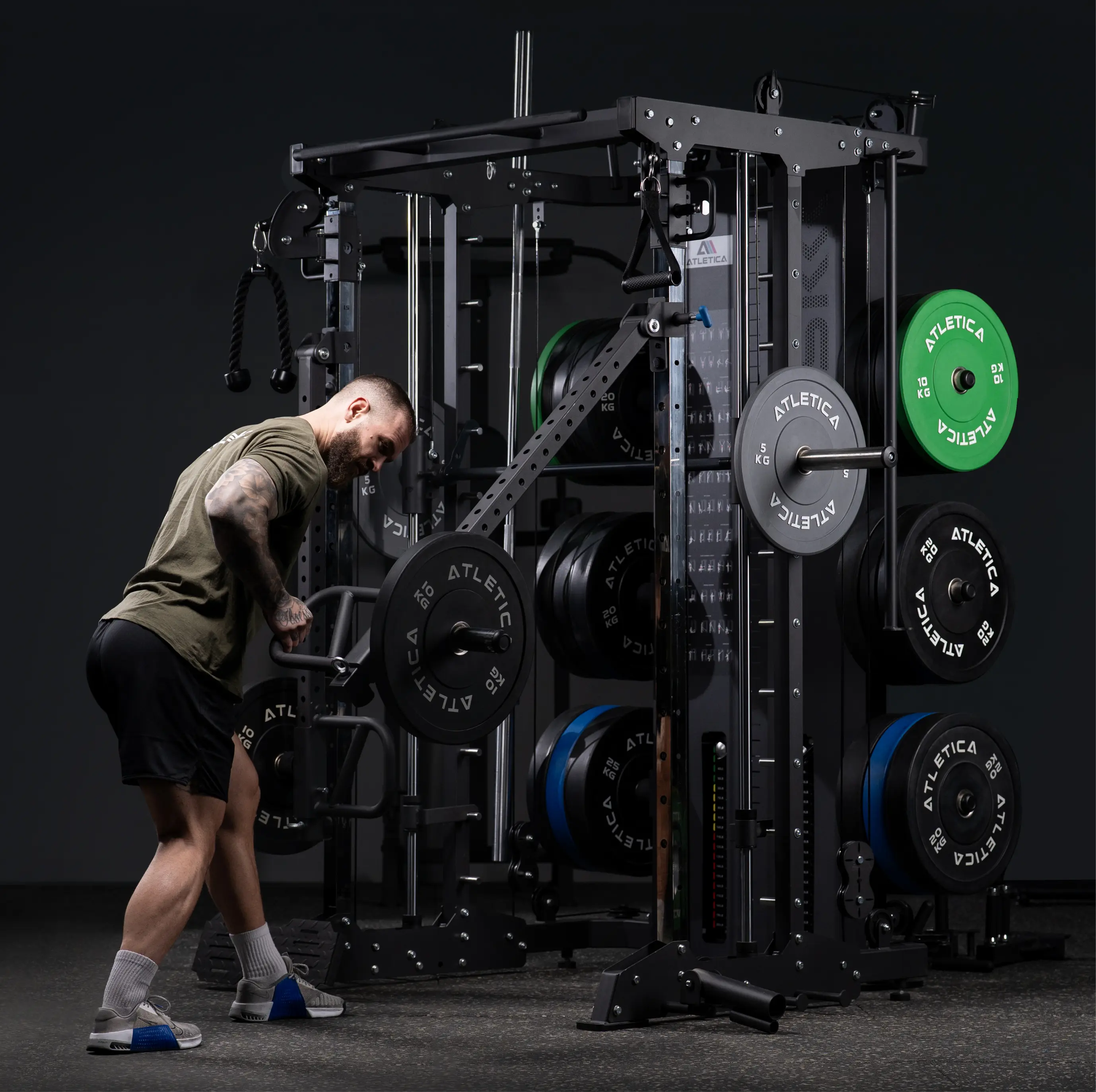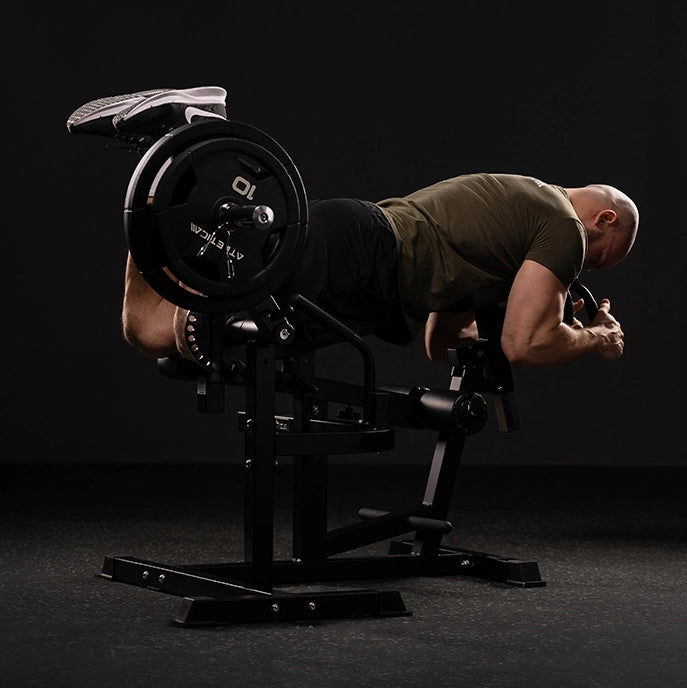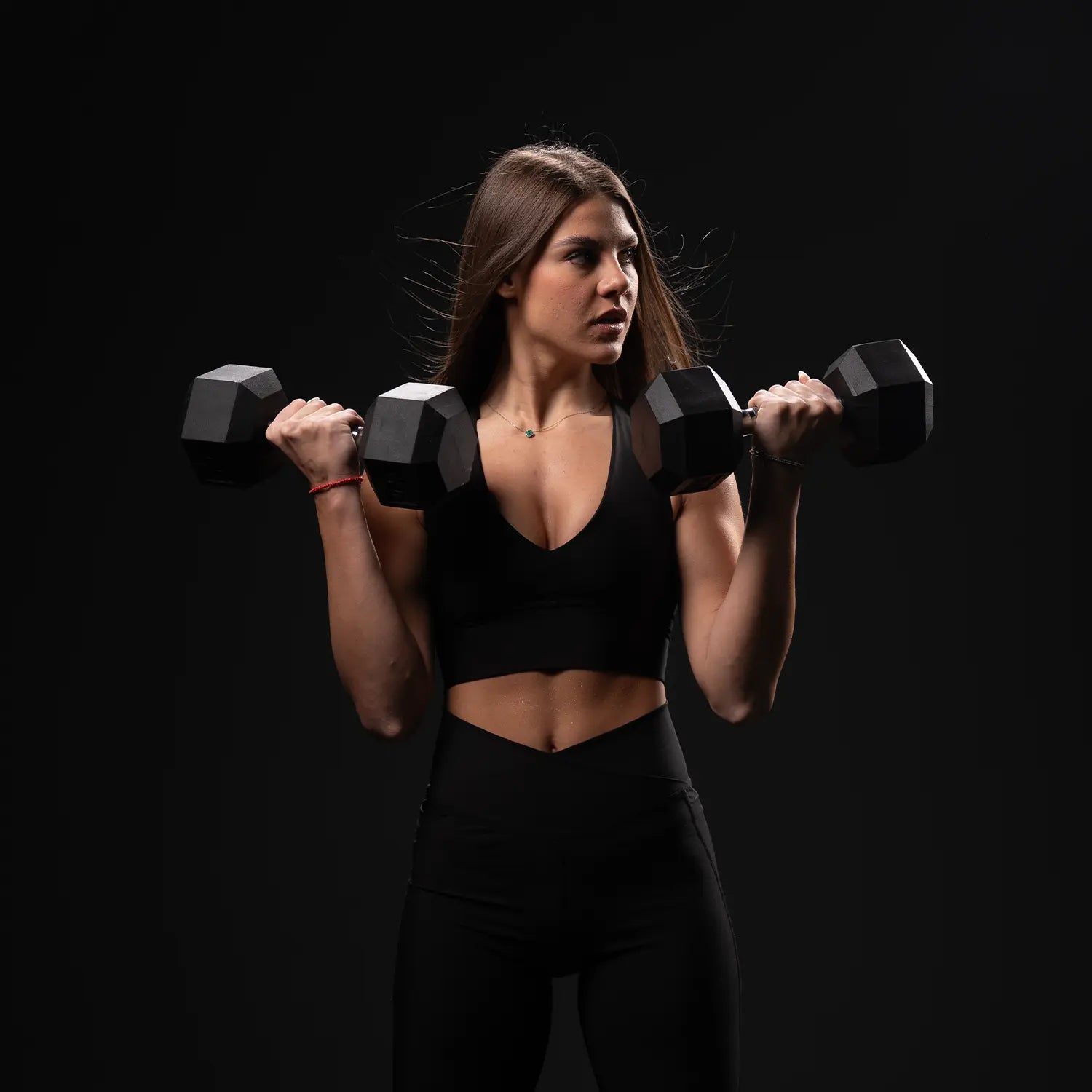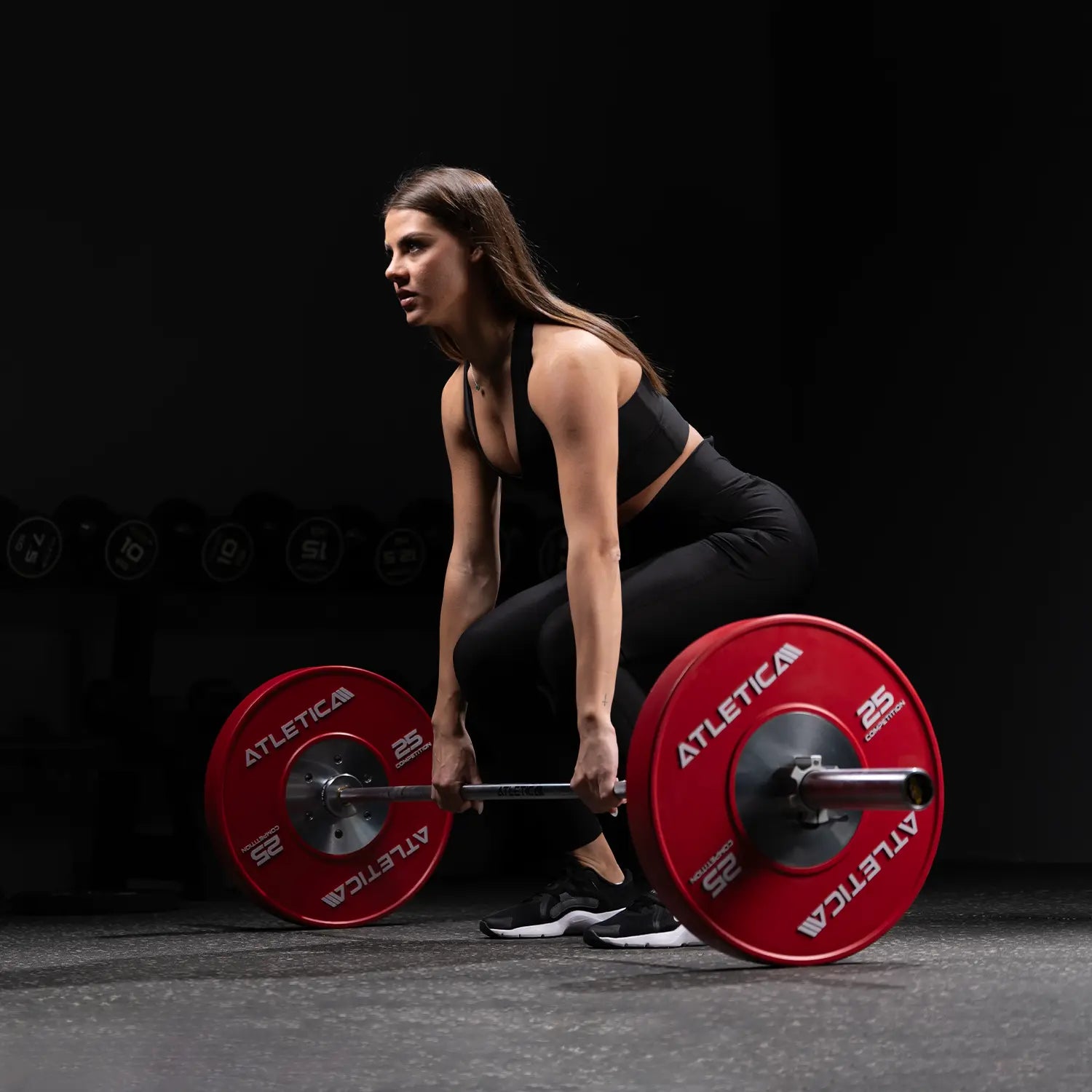Exercises at home have many advantages. You've probably already read in another post that we're big fans of training with equipment such as the barbell. There are a few reasons why you need a workout at home. You don't always have the time to go to the gym? You're on vacation and need exercises to keep you fit? Is a gym just too expensive for you, but you still want to build muscle? In this post, you'll find out which exercises are useful for your training at home. You don't need your own home gym for these exercises and you can easily integrate the exercises into your everyday life.

The goal: building muscle without a lot of equipment. Does that really work?
It is certainly difficult to say what the most effective way to build muscle is. The fact is that muscle building depends on various factors. You need a resistance that tends to be heavy and that you move between 5 and 15 repetitions per set. This resistance can also be your own body weight. In this article, you will learn which exercises are particularly effective for you per muscle group. You can then integrate these exercises into your workout at home or replace them with exercises you have done yourself. Of course, you will reach a plateau without equipment where it is simply more effective to train with training equipment. Therefore, a home gym is highly recommended from a certain point onwards. Nevertheless, the following exercises at home can lead to success:
Exercises for home (lower body):
In the exercises for the lower body you will find exercises in the categories of calf, front of leg and back of leg. You can also train your buttocks in various exercises. Of course there are other muscles that are not listed here. We consider the following exercises to be particularly effective. However, you will also find many other bodyweight exercises in this Book .
Calf:
To train your calves, stand on the tips of your feet on a staircase and hold on to the railing or a similar support with one hand. Your heels are in the air. Your feet are completely stretched. Then slowly lower both heels to the lowest position until you feel a stretch in your calf. Then push yourself up again as far as possible. To make the exercise more difficult, do it with one leg and some additional weight.
front of the leg:
The quadriceps, the largest muscle on the front of the leg, is particularly strong and needs a lot of weight to challenge it sufficiently. Therefore, one-legged squats are a good alternative to the classic barbell squat.
For this exercise, stand with one foot on a slight elevation, such as a step or a thick book. The other leg is in the air. Then slowly lower your hips, making sure that your entire foot stays on the elevation. The free leg slides forward during the exercise. Try to get into the lowest position so that the back of your leg covers your calf. Then stretch your leg again and come back up to the starting position. If you cannot reach the lowest point with your hips, it may be due to a lack of strength or an immobile ankle. To work on ankle mobility, you can slightly raise the verses with a stable resistance (e.g. a small book or something similar).
If single-leg squats are too difficult for you, you can do lunges with a heavy backpack. If lunges with and without weight are too much for you, start with regular squats.
back of the leg:
The muscles on the back of the leg bend the knee and extend the hip. Depending on your fitness level, you can also train these muscles optimally at home.
The Nordic hamstring curls exercise is particularly effective for this. Here you clamp your feet under a firm resistance. A heavy sofa or a large bed are usually very suitable for this. During the exercise, kneel on the floor and keep your hips as stretched out as possible. Then slowly move your upper body forwards, including your stretched hips. Try to do the exercise as slowly as possible (for example, 3 seconds) until you reach the floor. Make sure to keep a constant pace. In the lowest position, push yourself up again with your hands or try to get back into a kneeling position with the strength of your hamstrings (particularly advanced). If you find the exercise too difficult, you can also do it with your hips slightly bent. Make sure that your hips are always bent as evenly as possible.

If both exercise variations are still too difficult for you, start with “bridging”. In this exercise, you lie on your back, place your feet on the floor and push your hips upwards.
Exercises for home (upper body):
In this category you will find exercises for the shoulder, chest and back muscles.
Shoulder:
Due to its size, the shoulder muscle generally requires less training weight. When doing lateral raises, you can use water bottles or slightly heavier shopping bags. To do this, start with your arms slightly bent and the weight in your hands next to your body. Then move your arms out to the side of your body until your hands are slightly below shoulder height. Make sure you do the exercise slowly and in a controlled manner.
pectoral muscle:
In order to sufficiently challenge the chest muscles, the dips exercise is a useful way to build muscle. For this exercise, you need two stable objects such as tables, which you place approximately shoulder-width apart. The exercise begins with your arms and legs stretched out in the air. Try to bend your arms as far as possible to keep the muscle under tension for as long as possible. Then push yourself back up to the starting position. Dips are not only excellent for the chest muscles, but also for your triceps.
back muscles:
When it comes to the back muscle, the latissimus dorsi, the broad back muscle, is often mentioned. This muscle is primarily responsible, as the name suggests, for the width of your back. You train it primarily with vertical pulling exercises. Pull-ups would be an excellent exercise to stimulate the muscle as best as possible. Although it is relatively easy to assemble a pull-up bar, there are also excellent alternatives to this exercise using objects that you can find in your home. The rowing exercise or one-arm rowing can also be done with heavy objects in your home. Take a crate of water or a heavy suitcase and pull it to your hips with your upper body slightly bent forward. It is important that you keep your upper body in the position and that only your arms stretch and bend. If the weight is too light, you can also do the exercise with one arm.

Conclusion:
Even without equipment or a gym, you can do exercises at home and build muscle. To build muscle, you need a resistance that you can move for a maximum of 5 to 15 repetitions. The exercises one-legged squats, calf raises, Nordic hamstring curls, lateral raises, dips and rowing are ideal for this. You are more flexible, save money and therefore spend less time. With equipment or your own home gym, however, you train more effectively and have more options in your training. Use the exercises at home and start your own training plan now.
Have fun training!



